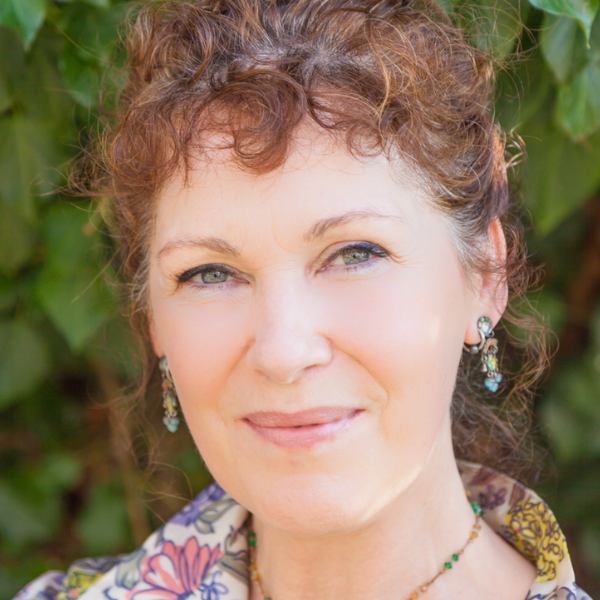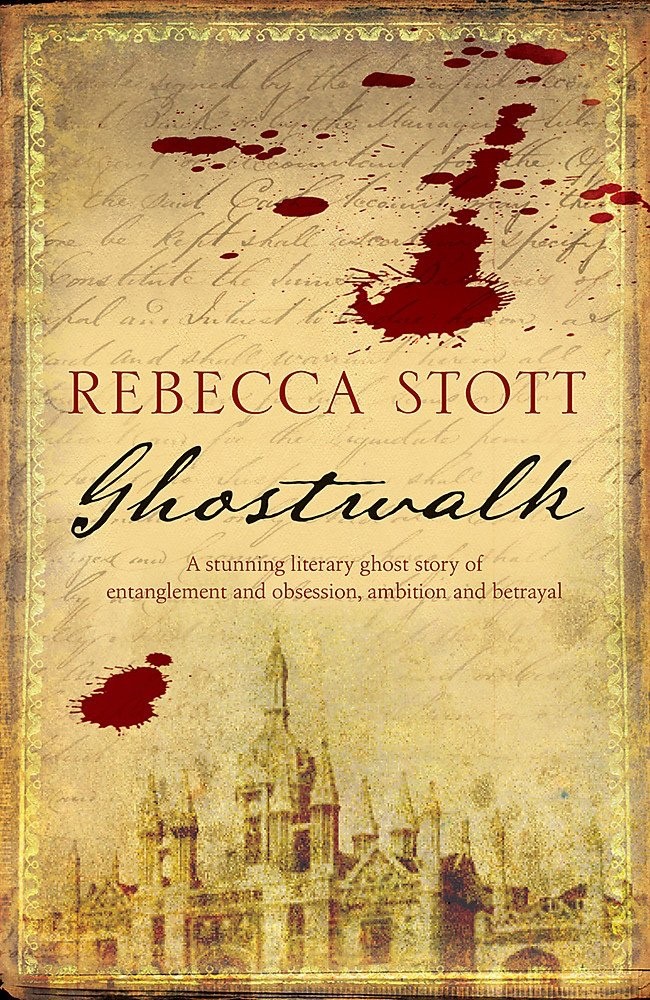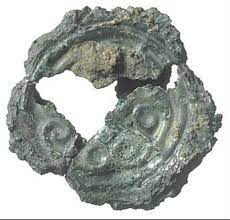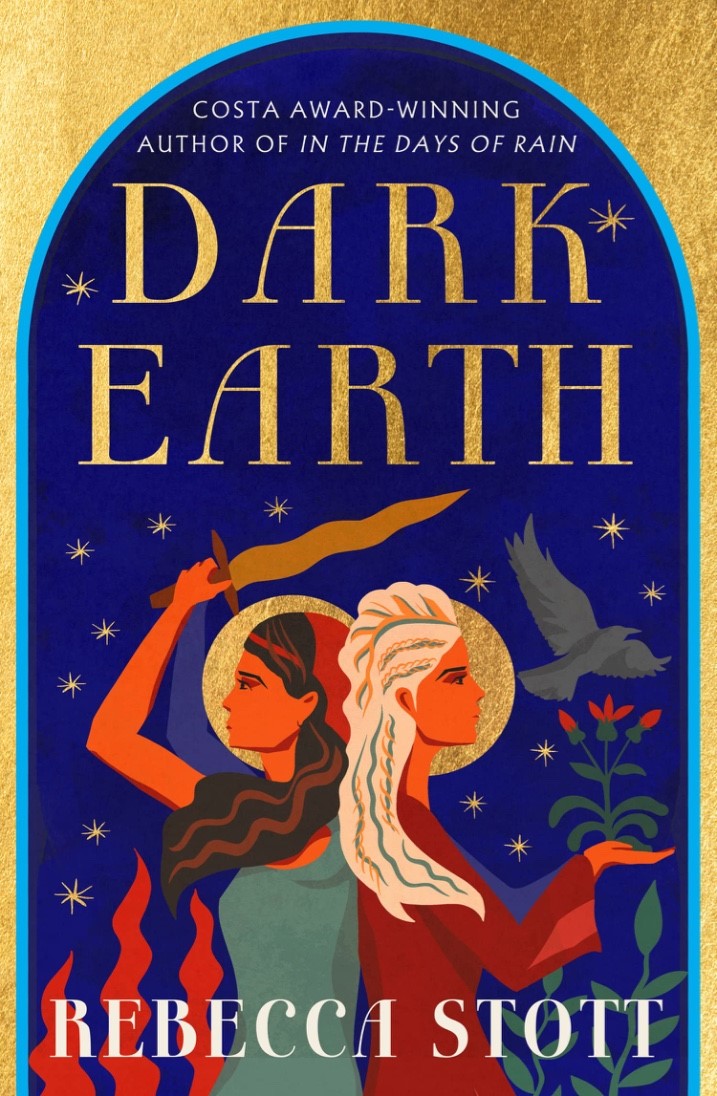Award-winning author Rebecca Stott shares where her story ideas come from and how they take shape.

In November 2003, a friend posted me an aeroplane ticket and an invitation to go and join him on a short trip across Northern Spain. I politely declined the offer – too much work on, too much to do – and then changed my mind last minute. I packed a few clothes, the ticket, my passport, a toothbrush, the copy of a new biography of Isaac Newton that I was reading, then ordered a taxi to take me to the train station. It was 4am and still dark.
When I arrived, all the trains to the airport had been cancelled because of thick fog. Then, just as I was about to turn around and go home, a man with a thick German accent asked if I wanted to share a taxi with him to the airport. I nodded.
As we settled into companionable silence in the back of the taxi, I remembered a meteor storm had been forecast. ‘Shame about the fog,’ I said, staring out into the darkness, ‘there’s a meteor storm up there somewhere, apparently.’ Turned out my companion was a meteorologist returning to Germany from a conference at Cambridge. He described a meteor storm as like a huge mathematical diagram, or the seed head of a dandelion caught by the wind.
In the silence that followed that brief and remarkable exchange, a whole novel world and plot opened up to me: a renowned historian of Isaac Newton is found drowned in the River Cam, still clutching a glass prism. Her young friend, a former student, arrives to try to finish the book about Newton’s alchemy that the older woman had been writing. Strange things start to happen. Light moves across walls. Papers go missing. Soon Lydia Brooke is entangled in an affair with her former lover and past and present start to merge in eerie ways. The title of the novel was to be called Ghostwalk.
 Because I had no notebook, I had to hold the whole intricate conception in my head - characters, names, plot, buildings, timelines and scenes - until I bought a notebook in the airport. Then I covered scores of pages with notes. I had never written a novel before, only non-fiction. Was this how it happened?
Because I had no notebook, I had to hold the whole intricate conception in my head - characters, names, plot, buildings, timelines and scenes - until I bought a notebook in the airport. Then I covered scores of pages with notes. I had never written a novel before, only non-fiction. Was this how it happened?
Nothing like that experience has ever happened to me since. No idea for a novel, or any book, has ever since emerged virtually fully formed. Ghostwalk, the novel, was published in 2007.
In On Writing: A Memoir, Steven King writes about how he only needs an opening situation to start a new book: ‘two children lost in the woods find something sticking out of the ground’, for instance, or a man is abducted at a petrol station. Once he has it, he writes on, following the characters from scene to scene, asking why, letting the story develop and thicken. Not needing to research or design a plot means he can produce a first draft of a novel in around three months. Then he sets the manuscript aside for a few months, before returning to review, rewrite and improve it. He describes the process of writing as discovery, more specifically like a form of archaeological excavation: the writer sees a shape in the ground and starts to excavate. He doesn’t know what he is going to find.
For me the early process of writing a novel it is less like excavation and more like following the flickers of a distant light out on a marsh. I have learned to trust and value the glimmers and flickers of my own brain.
There’s a poem by Don Paterson called Why Do you Stay up so Late? In it the poet reminds his son about the day he had collected pebbles on the beach and brought them home to study them:
Most of them went dark and nothing more,
but sometimes one would blink the secret colour
it had locked up somewhere in its stony sleep.
The poet explains that he collects the dull things of the day in order to find the ones that ‘blink’ that ‘secret colour locked up somewhere’ in their ‘stony sleep’. That is why he stays up so late.
When the subject of Dark Earth, my new novel, came to me, I wasn’t looking for material. I never am. I was walking the rooms of the Museum of London. I saw a tiny broken Saxon brooch in a frame hanging on the wall of an otherwise empty corridor. The sign told me that the brooch had been found in a dig, among a pile of fallen roof tiles in an abandoned bathhouse on the north bank of the Thames. I felt the hairs on my arms stir. What was the brooch-wearer doing in there? Had she been on the run? Was it a love tryst? The brooch had blinked its secret colour at me.
I have become used to my curiosity fixating on the strangest things: I have written about sea creatures, ghosts, Isaac Newton, Darwin, eighteenth-century collectors, coral thieves and plague. But this was the sixth century. No one knew anything about that darkest corner of the dark ages. Leave it be, I told myself. You can’t write a novel about that. But by the end of the day two Saxon sisters, Isla and Blue, had started to emerge. They were on the run.
Ghostwalk had been a joy to write because historians know a great deal about Isaac Newton and his age, but the gaps – the things we don’t know about Newton – were so rich in mystery. I knew I could write into those gaps, weave in what we know about the daily life of Cambridge in the seventeenth century, the politics of the colleges and the impact of plague on the city.

But there were no records of life lived in the hinterlands of the ruined city of Londinium in the sixth century. Nothing. It was all gap! It was all darkness.
I applied for a grant to study the ruined years of Londinium. No one knows much about this period of history, I wrote in my application, so I don’t just want to sit in archives, I want to interview archaeologists, start conversations, get experts to speculate and use their imaginations.
Once I secured that funding, I read everything I could get my hands on. That to me is paramount in historical research for a novel. You can’t go to experts to ask them to answer your strange questions, if you haven’t done the legwork. They’ll assume you are asking them to do the work for you. But if you ask the kinds of questions they are asking, informed by the same research, they will often be glad to talk.
In that year of research I kept returning to the questions the brooch had first provoked: if this woman’s kin believed the ruins to be haunted, then what made her brave enough to risk the ghosts? What was it like inside the city? What did it sound like, smell like? What did she notice when she first stepped inside? What was she curious about? If she was the daughter of a smith, what did an Anglo-Saxon forge look like? Were smiths regarded as having special powers in this period? Were there rats? Would fig trees still be fruiting inside Roman gardens, eighty years after the owners abandoned their city?
I also kept an eye on my reactions to what I was reading, seeing and hearing, trusting my own emotional responses. And of course I guess that is the point. I try to trust the stirrings of curiosity. I try to use those stirrings as barometers for the stories I tell and the stories I make. If that idea or question has me by the scruff of my neck, if I can feel the hairs on my arms standing up, if my character starts to wake me in the middle of the night, or I see a ruined city in my dreams, then a stone is blinking, and chances are it will blink at my reader too.

Rebecca Stott is a novelist, non-fiction writer and radio broadcaster. She taught for 14 years on the internationally acclaimed UEA Creative Writing programme but has since given up teaching to go freelance as a writer for the first time. She is the author of the novel Ghostwalk which was a New York Times bestseller, The Coral Thief and most recently Dark Earth, and the non fiction books Darwin and the Barnacle and Darwin's Ghosts. Her family memoir about growing up in a highly controlling religious cult, In the Days of Rain, won the Costa Biography Prize in 2017.
Comments